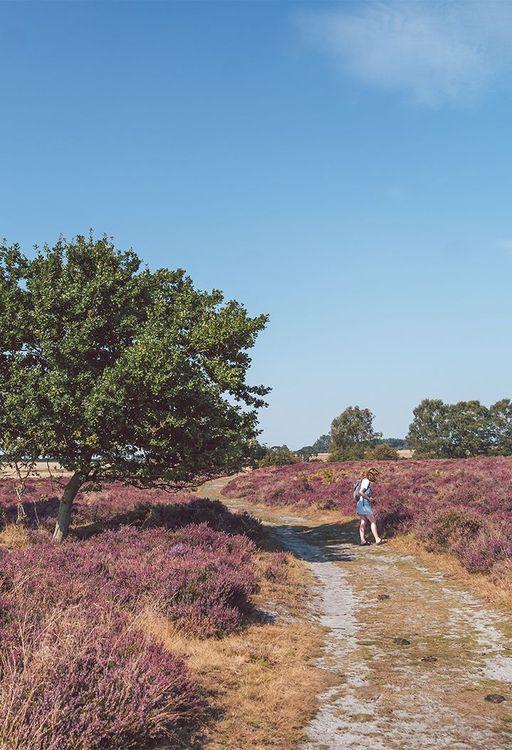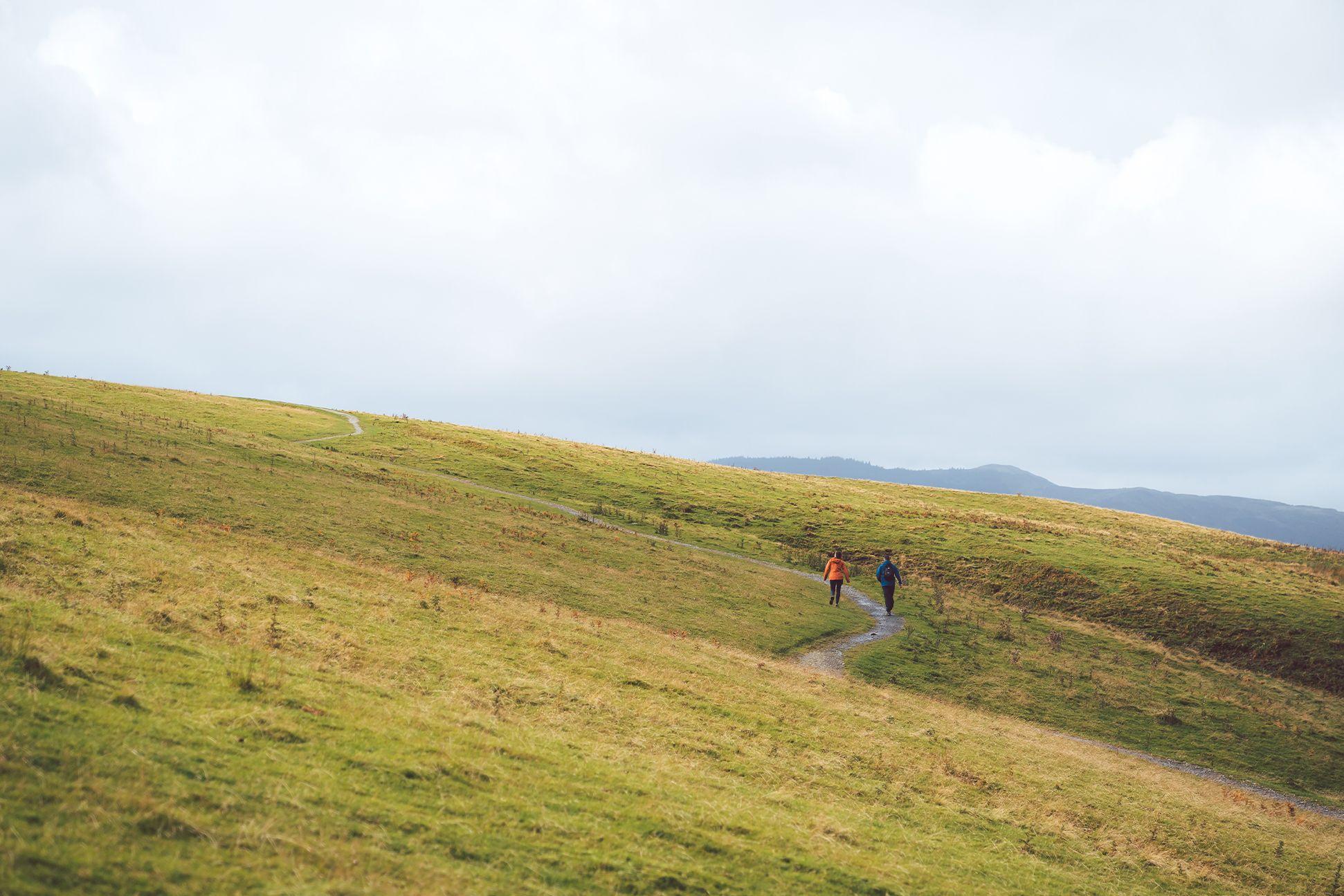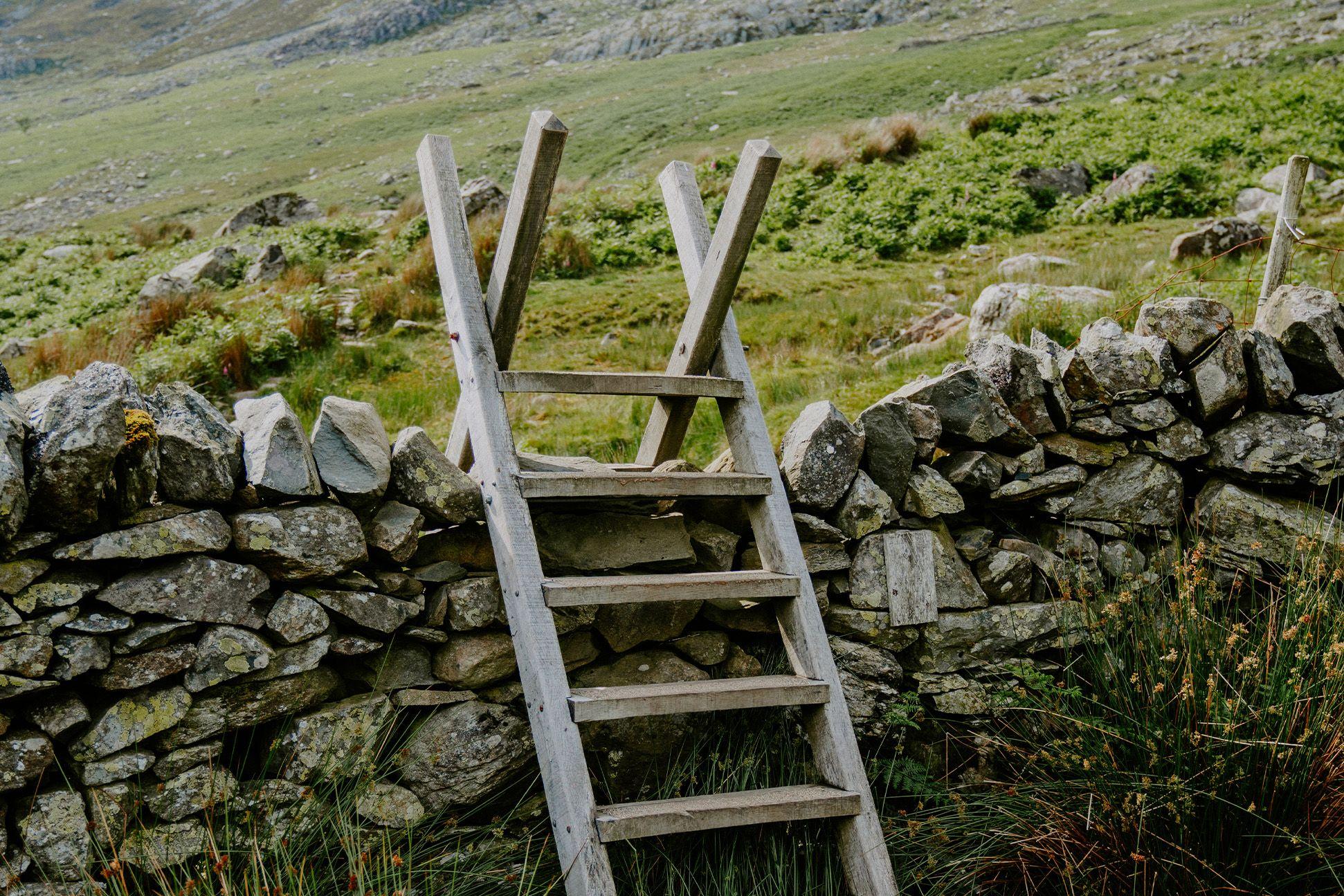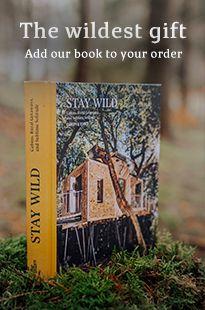
Your favourite walk may have an expiry date
Got a special place in nature? A secret waterfall maybe, a bend in the river, a clearing in the trees? Somewhere you go to think, or a picnic spot you always take people to? Well, believe it or not, as timeless as those well-worn paths seem – they may not be there forever. In 2000, a piece of legislation called the CRoW Act (more on that later) established a deadline of 2026 for registering paths on modern maps, which would afford them official protection. In March 2023, plans to remove the deadline entirely and allow paths to be registered indefinitely, were abandoned by Environment Secretary, Thérèse Coffey after a request from an organisation representing landowners. The deadline was instead extended to 2031, which still leaves 49,000 miles of historic rights of way under threat. Here’s where it all started, where it’s heading and how you can help, by simply walking and talking.
So, where did this begin?
In a nutshell, your right to cross land in the countryside comes from the National Parks and Access to the Countryside Act 1949 (NPAC 1949). It’s an unsurprisingly dry read, summarised by the idea that in the 1930s a growing appreciation for the natural world sparked a conversation about how to prevent urban development from spoiling the countryside. A government report was published in 1931, but the concept was shelved until after The Second World War, when parliament had a little more free time.
In the meantime, some of the public grew restless, and it led to the formation of The Ramblers’ Association in 1935 – a group of volunteers who maintain and protect the path network, that campaigns to keep the British countryside accessible to all. You might know of their famous mass trespass at Kinder Scout.
Four years after the end of World War II, Parliament recognised the findings of the report, and the need to create national parks, conserve the natural world, and protect the ability of the public to access it – all under The National Parks and Access to the Countryside Act 1949. This created a National Parks Commission, ten national parks, a provision for setting up nature reserves, and finally, required that county councils survey and map their areas to record rights of public access.

What’s happened since?
Like with most laws, initial legislature is often pretty revolutionary, but lacking finer detail. Elements of the NPAC 1949 were later built upon by several new acts in the 90s and the early 2000s, with the Environmental Protection Act 1990, the Environment Act 1995, and the Countryside and Rights of Way Act 2000. The former two added some vital elements, like creating what is now Natural England, and some of the infrastructure that runs the national parks, but the Countryside and Rights of Way Act 2000 is the important one for our current topic.
The Countryside and Rights of Way Act 2000 (aka, the CRoW Act) effectively puts into law that which The Ramblers were campaigning for – the right to roam. What does it do? The fundamental rights that allow your right to roam were mostly created by The NPAC 1949, however, it defined the areas you might want to access (“of mountain, moor, heath, down, cliff or foreshore (including any bank, barrier, dune, beach, flat or other land adjacent to the foreshore)”), and generally speaking outlined your specific rights, as well as the penalties for them being infringed upon.

Get back to it, please
So, that’s the background information, if a little oversimplified. The problem is, the NPAC 1949 required that local councils work out where all the public footpaths were, and note them on modern maps – they would then be protected. Whilst most councils did quite well, they weren’t exhaustively listed, meaning they’re often missing from what’s called ‘modern definitive maps’. What’s worse, is that the CRoW Act introduced a provision for a cut-off date of January 1, 2026 to provide all historic rights of way for registry.
This in turn means that any walk not listed would have to be so before then to be protected, this has left organisations like The Ramblers Association, local councils, campaigners and the general public scrambling to get their evidence in time to protect them.

What can I do?
Glad you asked! The current government made a commitment to abolish this 2026 cut off on 16 February 2022, but now under Coffey’s lead, have instead extended the deadline, rather than abolishing it. It gives campaigners an extra five years. As generous as this sounds, this doesn’t give us enough time to defend the 49,000 miles of lost paths.
The best thing you can do is to provide local knowledge to help them prioritise which paths they tackle first. It’s extremely easy, and very quick – and you could end up immortalising a route that you’ve loved and adored all your life. Think of it as saving the life of a path.
Once you’re done there, you can add your support The Rambler’s Association – and don’t worry, you won’t be asked to commit mass trespass (for now at least). There are various levels of involvement depending on how time or money you have to spare. You could donate to the cause (fiscally), or with your time – by volunteering yourself, or a combination of both.
Most importantly, sign up to join the movement, regardless of your situation, and stay involved and up to date. Understanding the issue and being aware is the easiest way to keep your treasured walks exactly where you left them.




